At the IOC in London, Align Technology is showcasing the latest generation of its Invisalign system, which now offers clinicians a solution for first premolar extractions. Dental Tribune Online sat down with the company’s R&D director, John Morton (who yesterday spoke about the development process during a satellite symposium), to discuss the philosophy behind the product and how it can benefit orthodontics.
Dental Tribune Online: Malocclusion requiring the extraction of a first premolar affects only 20 per cent of patients in Europe and an even lower percentage of patients in North America. Why was Invisalign G6 developed with this specific orthodontic condition in mind?
John Morton: Looking at all the different types of malocclusions that exist, treatment by premolar extraction can be difficult and considered the gold standard for evaluating an orthodontic appliance . Premolar extraction may be less prevalent in the Western hemisphere than in the Asia Pacific region, where 50 per cent of cases are treated with first premolar extraction with maximum anchorage. We developed Invisalign G6 specifically to provide treatment to the Asia Pacific market.
When we launched the Invisalign system in China in 2011, we knew we needed this type of treatment. It took four years to develop, balancing movement of the canines and the anterior and posterior of the arch. Part of the goal of this project was to make clear in the minds of orthodontists that Invisalign aligners are a true orthodontic appliance capable of well-controlled movements required for extraction space closure and not just a piece of plastic.
Invisalign clear aligners have extended the user base significantly with each generation of innovation. How important is feedback from clinicians in the development process?
It is very important, but there is a difference between us as a company and orthodontists in general. Orthodontists solve their treatment problems per patient in the chair on an individual basis. We have to do this on a large scale. Some clinicians, like Dr David Couchat from France, who spoke today, are treating patients with substantially atypical malocclusion. They are very difficult cases to treat. These doctors give us fantastic insights into treatment.
In your presentation, you emphasised the way in which technology has changed the development process.
We now have highly advanced sensors to measure the force systems produced by Invisalign aligners. As I said in my presentation, the design process used to be quite long, but technology has miniaturised the sensors significantly. With this type of technology, we can measure every force and movement on every tooth, and we are able to build shapes and attachments that doctors have not dreamed of. Moreover, we can do it all in the virtual world, fabricate in the laboratory and have our measurements within an hour to see if the design is better or worse than previously used.
We can try many different things in the computer programmes and learn from our mistakes without ever touching a patient. Ten years ago, we would have to put each design through a clinical trial for six months or so, only to find that it is the wrong design and have to start over. Today, the design process is down to hours instead of years.
With the latest generation, does the Invisalign system or clear aligners offer a complete solution for orthodontists?
The Invisalign system is a complete orthodontic appliance today, yet there is always room for further development. We can certainly design new materials, new parts or different ways of treating patients. There are all sorts of improvement we can do. The appliance is unlimited, as has been shown by our expert clinicians. There is some resistance still because building experience and confidence takes time and effort. Our task as a company is to provide more education and support to doctors and to give them the opportunity to become confident in using Invisalign aligners.
Thank you very much for the interview.
With its GCP product range featuring Glass Carbomer technology, GCP Dental is introducing its unique restorative portfolio on a large scale to the dental ...
With its GCP product range featuring Glass Carbomer technology, GCP Dental is introducing its unique restorative portfolio on a large scale to the dental ...
EuroPerio8 will be officially opened at the ExCeL London Exhibition and Convention Centre in London next week. Dental Tribune Online had the opportunity to ...
As co-editor-in-chief of the Journal of Adhesive Dentistry, Prof. Bart Van Meerbeek is one of the most respected authorities on the topic of dental bonding ...
Back in January, dental loupes manufacturer Orascoptic introduced its adjustable magnification loupe EyeZoom to dental professionals in the UK. At the BDIA ...
While dental implantology has seen tremendous growth in the last 20 years, education standards for the field, particularly at university level, are still ...
Almost a decade in preparation, the International Orthodontic Congress (IOC) is set to return to the UK in two weeks’ time (27–30 September). ...
Though routine mentoring has been widely used in other professions as a form of stress management, it remains relatively under-utilised in dentistry for a ...
Everyone has done it—searching for symptoms on the Internet. Recent statistics show that searches for dental and mouth-related problems are very common in...
A 2013 graduate of Leipzig University in Germany, Dr Michaela Sehnert currently runs her own dental practice in the nearby city of Halle (Saale). In this ...
Live webinar
Wed. 14 January 2026
5:00 pm UTC (London)
Dr. Théo Laplane, Dr. Robert Gottlander DDS
Live webinar
Fri. 16 January 2026
5:00 pm UTC (London)
Live webinar
Mon. 19 January 2026
6:00 pm UTC (London)
Philipp Kopp, Michael Seeber
Live webinar
Thu. 22 January 2026
2:00 pm UTC (London)
Prof. Judith Jones D.D.S; M.P.H., Prof. Kakuhiro Fukai D.D.S., Ph.D, Dr. Bathsheba (Bethy) Turton
Live webinar
Thu. 22 January 2026
7:00 pm UTC (London)
Dr. Nicola M. Grande DDS, PhD
Live webinar
Wed. 28 January 2026
1:00 pm UTC (London)
Live webinar
Wed. 28 January 2026
4:00 pm UTC (London)
Prof. Dr. Jan-Frederik Güth



 Austria / Österreich
Austria / Österreich
 Bosnia and Herzegovina / Босна и Херцеговина
Bosnia and Herzegovina / Босна и Херцеговина
 Bulgaria / България
Bulgaria / България
 Croatia / Hrvatska
Croatia / Hrvatska
 Czech Republic & Slovakia / Česká republika & Slovensko
Czech Republic & Slovakia / Česká republika & Slovensko
 France / France
France / France
 Germany / Deutschland
Germany / Deutschland
 Greece / ΕΛΛΑΔΑ
Greece / ΕΛΛΑΔΑ
 Hungary / Hungary
Hungary / Hungary
 Italy / Italia
Italy / Italia
 Netherlands / Nederland
Netherlands / Nederland
 Nordic / Nordic
Nordic / Nordic
 Poland / Polska
Poland / Polska
 Portugal / Portugal
Portugal / Portugal
 Romania & Moldova / România & Moldova
Romania & Moldova / România & Moldova
 Slovenia / Slovenija
Slovenia / Slovenija
 Serbia & Montenegro / Србија и Црна Гора
Serbia & Montenegro / Србија и Црна Гора
 Spain / España
Spain / España
 Switzerland / Schweiz
Switzerland / Schweiz
 Turkey / Türkiye
Turkey / Türkiye
 UK & Ireland / UK & Ireland
UK & Ireland / UK & Ireland
 International / International
International / International
 Brazil / Brasil
Brazil / Brasil
 Canada / Canada
Canada / Canada
 Latin America / Latinoamérica
Latin America / Latinoamérica
 USA / USA
USA / USA
 China / 中国
China / 中国
 India / भारत गणराज्य
India / भारत गणराज्य
 Pakistan / Pākistān
Pakistan / Pākistān
 Vietnam / Việt Nam
Vietnam / Việt Nam
 ASEAN / ASEAN
ASEAN / ASEAN
 Israel / מְדִינַת יִשְׂרָאֵל
Israel / מְדִינַת יִשְׂרָאֵל
 Algeria, Morocco & Tunisia / الجزائر والمغرب وتونس
Algeria, Morocco & Tunisia / الجزائر والمغرب وتونس
 Middle East / Middle East
Middle East / Middle East






























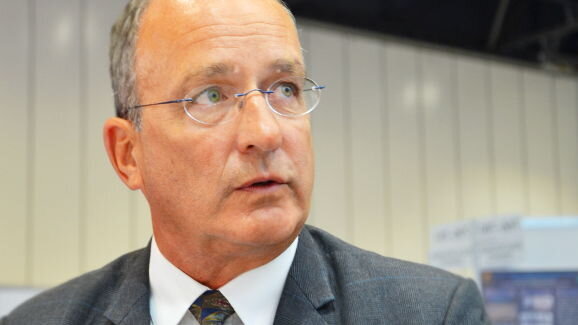



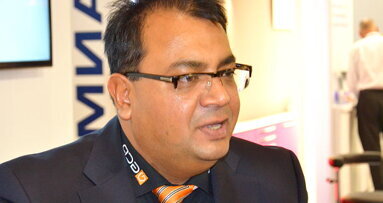
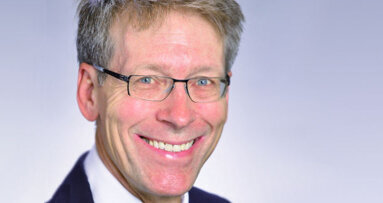

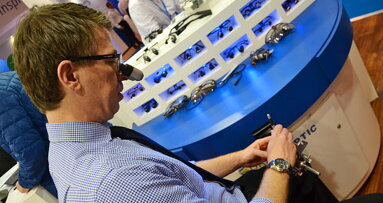
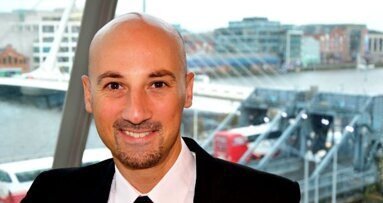
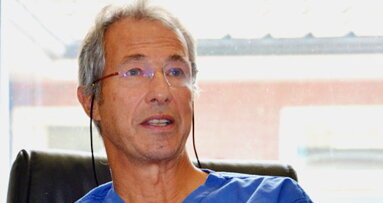
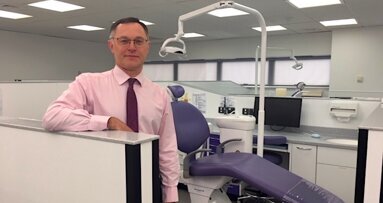

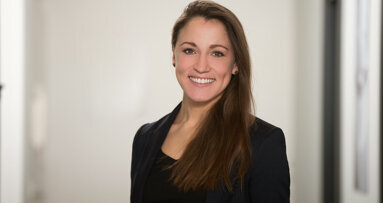










To post a reply please login or register